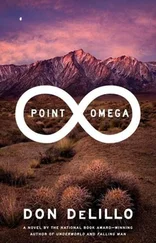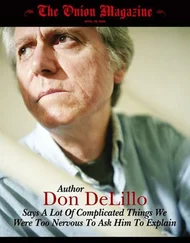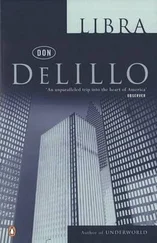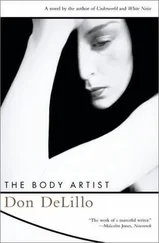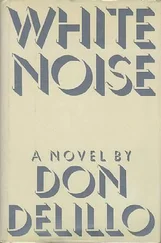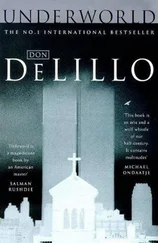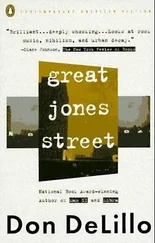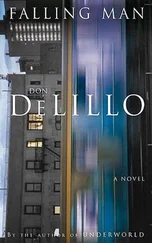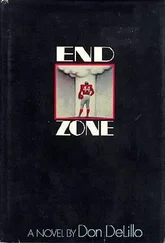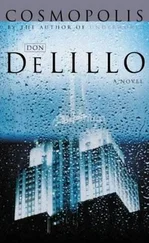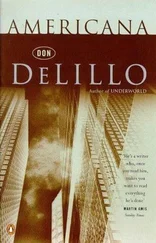
Someone says: "Motels. I like motels. I wish I owned a chain, worldwide. I'd like to go from one to another to another. There's something self-realizing about that.”
The lights inside the aircraft go dim. In the piano bar everyone is momentarily still. It's as though they're realizing for the first time how many systems of mechanical and electric components, what exact management of stresses, power units, consolidated thrust and energy it has taken to reduce their sensation of flight to this rudimentary tremble. Beyond the windows not a nuance of sunset remains. Four men, three women inhabit this particular frame of arrested motion. The only sound is drone. One second of darkness, all we've had thus far, has been enough to intensify the implied bond which, more than distance, speed or destination, makes each journey something of a mystery to be worked out by the combined talents of the travelers, all gradually aware of each other's code of recognition. In the cabin just ahead, the meal is over, the movie is about to begin.
As light returns, the man seated at the piano begins to play a tune. Standing nearby is a woman, shy of thirty, light-haired and unhappy about flying. There's a man to her left, holding the rim of his drinking glass against his lower lip. They're clearly together, a couple, wearing each other.
The stewardess moves past with pillows and magazines, glancing into the cabin at the movie screen, credits superimposed on a still image of a deserted golf course, early light. Near the entrance to the piano bar, about a dozen feet from the piano itself, are two chairs separated by an ashtray stand. Another obvious couple sits here, men in this case. Both look at the piano player, anticipating their own delight at whatever pointed comment his choice of tunes is meant to suggest.
The third woman sits near the rear of the compartment. She pops cashew nuts into her mouth and washes them down with ginger ale. She's in her early forties, indifferently dressed. We know nothing else about her.
Without headsets, of course, the people in the piano bar aren't able to hear the sound track of the movie being shown. Early light, some haze, surfaces burnished with moisture. As the final credit disappears, the flag marking a distant green lifts slightly and ripples and then men appear, golfers and their paraphernalia, at the left edge of the screen.
Feeling his way, still tentative in these introductory moments, the pianist is rendering a typical score for a silent film. This amuses the others, although their smiles and expressions aren't directed toward anyone in particular but are instead allowed to drift, as happens among travelers in the initial stages. The stewardess alone seems disappointed by the limits of this logical association between music and film. True, the movie they're viewing is in effect a silent one. But she gives the impression she's been through this routine before.
Between the piano bar and the screen, the rows of seats appear to be empty, the top of not a single head visible over the high-backed mechanical chairs. We assume people are sitting there, motionless, content to sift among the images.
The woman near the piano begins to yawn, almost compulsively, a mild attack of something. She yawns on planes just as she used to yawn (adolescence) seconds before getting on a roller coaster, or (young womanhood) when she was dialing her father's phone number. Her companion, with a stylized jerkiness that's appropriately Chaplinesque in nature, brings his left foot way up behind him and boots her lightly in the rear, an act so neatly conceived it makes her laugh in mid-yawn.
The golfers plod onscreen, seven or eight in all, white, male, portly, several driving golf carts, bumping slowly over knolls in single file. They're all middle-aged and wear the kind of rampantly bright sports clothes that suburban men favor on weekends, colors so strident they might serve as illustrations of the folly of second childhood.
The piano player adds an element of suspense to his sequence. His face, although lined about the eyes, has been slow to lose an appealing openness, the objective emblem of a moral competence we associate with young people who make pottery or do oceanic research.
Moist surfaces, light breeze, the mist beginning to clear. The golfers cluster around a tee and the members of an improvised threesome drive in turn, twisting their bodies to the flight of the ball. They set off down the fairway as their companions take practice swings, one of them (yellow cardigan) tucking the club head into his armpit and sighting along the shaft, briefly, in a rifle-firing jest, this wholly offhand moment shading away into borders of surrounding activity.
The older of the homosexuals leans over the top of the ashtray to give his companion a theatrical nudge. The piano player has also noted the nearly concealed gesture of the golfer in the yellow cardigan and responds with a series of bass chords. Import, foreboding.
It's worthwhile to point out that the characters and landscape are being seen through the special viewpoint of a long lens. This is a lesson in the intimacy of distance. Space in this context seems less an intuitive experience than a series of relative densities. It intervenes in compact blocks. What the camera shares with those watching is an appreciation of optical cunning. The sense of being unseen. The audience as privileged onlookers.
The piano music, a substitute sound track as well as a medium of autonomous comment, begins to express a deepening degree of (sly) apprehension that blends well with the film's precisely timed sequence of shots, each slightly briefer than the one before, a suggestion of routine events about to give way to some unforeseen pressure.
The young woman has managed to stop yawning. The man alongside studies the fingernails of his right hand. He does this with fingers bent in over the palm, thumb extended. The woman, without taking her eyes from the screen, reaches over, grabs his thumb and begins to bend it back. He looks up and away, eyeballs rolling. In time he begins making the sound either or both of them make when troubled by anxiety, critical choices, nameless dread, the prospect of boring dinner guests, his job, her job. The woman in the rear looks on without expression. It's a prolonged hum, the speech sound m.
The golfers on this sweet green morning attend to their game. Together again momentarily on a particular fairway they appear almost to be posing in massed corporate glory before a distant flag. It is now that the vigilant hidden thing, the special consciousness implicit in a long lens, is made to show itself.
A man, his back to the camera, rises from the underbrush in the immediate foreground, about two hundred yards from the golfers. When he turns to signal to someone, it's evident he holds a weapon in his right hand, a semiautomatic rifle. After signaling he doesn't reassume his crouch. One of the golfers selects an iron.
Another man comes up out of the shrubbery, rising to his full height. We don't know his precise location as it relates to any of the other people. He faces the camera. Behind him are deep woods. His clothing is diverse-baseball cap (peak up), threadbare paisley vest, work shirt, garrison belt, white trousers fitted into high boots. Bandoliers crisscross his chest. He carries a cut-down Enfield.
The long lens picks out a man and woman standing at the top of a small hill. More bass chords. Accumulating doom. At this distance they appear to be built into the sky, motionless, both carrying rifles. Another woman, in a much tighter shot, stands alone in a sand trap, barefoot, wearing a tank top and fringed buckskin pants. One leg is bent, all her weight on the other, the left. She holds a machete back up over her right shoulder, resting it there.
Читать дальше


